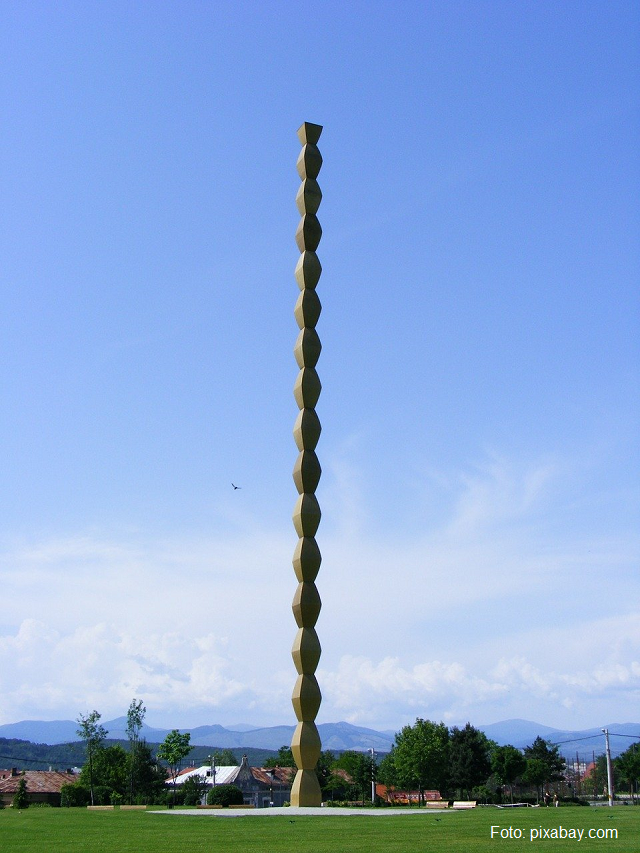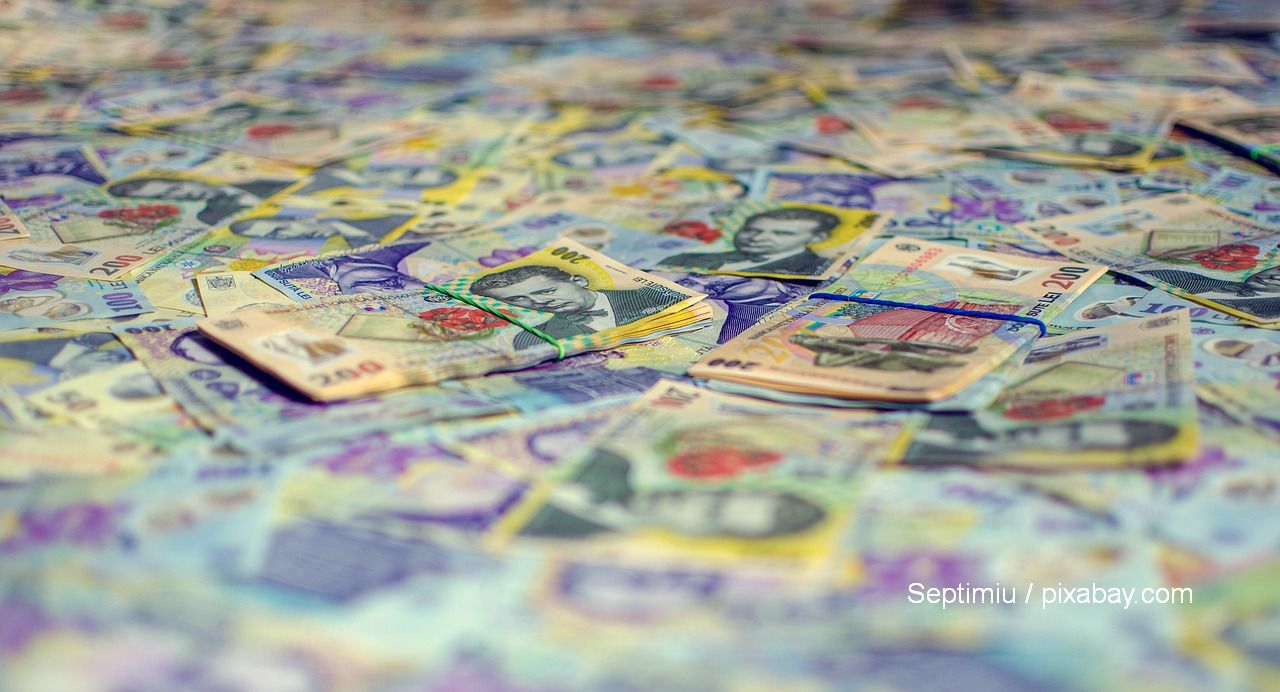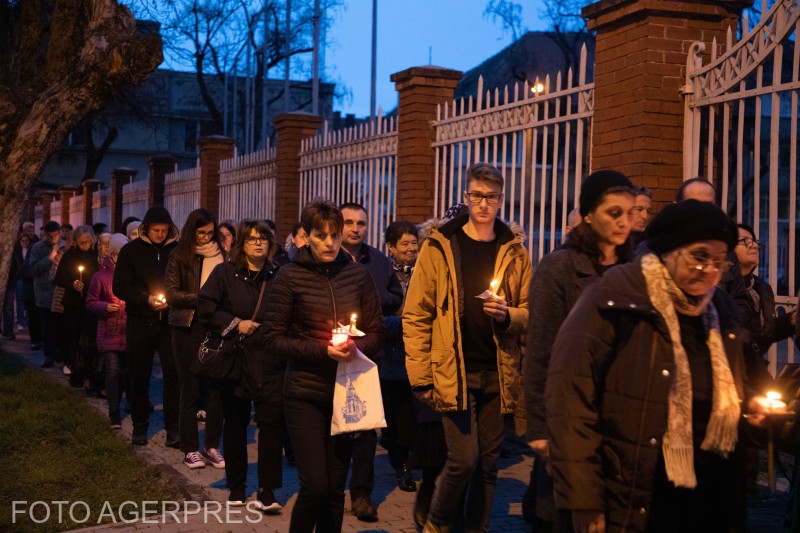Constantin Brâncuși National Day
145 years since the birth of Constantin Brâncuși, Romania celebrates the artistic genius of the great sculptor

Roxana Vasile, 19.02.2021, 13:50
Since 2015, February 19 has been a day of national celebration in Romania. And that because the one who would become one of the most powerful, charismatic and gifted Romanian artistic personalities, the sculptor Constantin Brâncuşi, was born on February 19, 1876, in the village of Hobita, in southern Romania. Therefore, on this day, a large number of events dedicated to him are held across the country.
After graduating, in 1902, from the School of Fine Arts in Bucharest, the young Constantin Brâncuşi took the road to Paris, where, in 1905, he was admitted to the prestigious École Nationale Supérieure des Beaux-Arts. He refused to do an apprenticeship in Auguste Rodin’s workshop, saying the famous words: Rien ne pousse à l’ombre des grands arbres. (ed. Nothing grows in the shade of large trees.). Brâncuși started exhibiting in the City of Lights where he created the first version of the Kiss, a theme that he would resume in various forms and which would culminate with the Gate of the Kiss, part of the sculptural ensemble in Târgu-Jiu, a city in his native region.
He rented a workshop in Rue de Montparnasse and came into contact with the Parisian artistic avant-garde, befriending Guillaume Apollinaire, Fernand Léger, Amedeo Modigliani, Henri Matisse and Marcel Duchamp. He participated in group exhibitions in Paris and Bucharest, inaugurating the cycles of Bird in Space, The Sleeping Muse and Mademoiselle Pogany, but he also exhibited in the United States, where he made a huge impression from the very beginning.
Between 1914 and 1940, his artistic creativity reached maximum levels. His works in the cycles Bird in Space and Ovoid, as well as his wooden sculptures date from this period. The ʹGeorges Pompidouʹ National Museum of Modern Art in Paris hosts an important number of works by Constantin Brâncuși, inherited by Romania, but gladly accepted by France, along with everything in his workshop, after the refusal, in the 150s, of the communist government in Bucharest to receive them after the sculptor’s death. He died on March 16, 1957 and was buried at the Montparnasse cemetery in Paris.
In a Romania characterized by socialist realism, Brâncuși was seen as a representative of cosmopolitan bourgeois formalism and therefore not to the liking of the regime. However, in December 1956, his first solo exhibition in Europe opened at the Art Museum in Bucharest. It was not until the 1960s that the sculptor was rediscovered in the country as a national genius. What place did Constantin Brâncuși gain in world sculpture? A central figure in the modern art movement, he is considered one of the greatest sculptors of the 20th century. Innovative, his works are among the most appreciated and by far best-selling creations of a Romanian artist in history. They are also ranked fourth in a list of the most valuable works of art in the world. (MI)






























